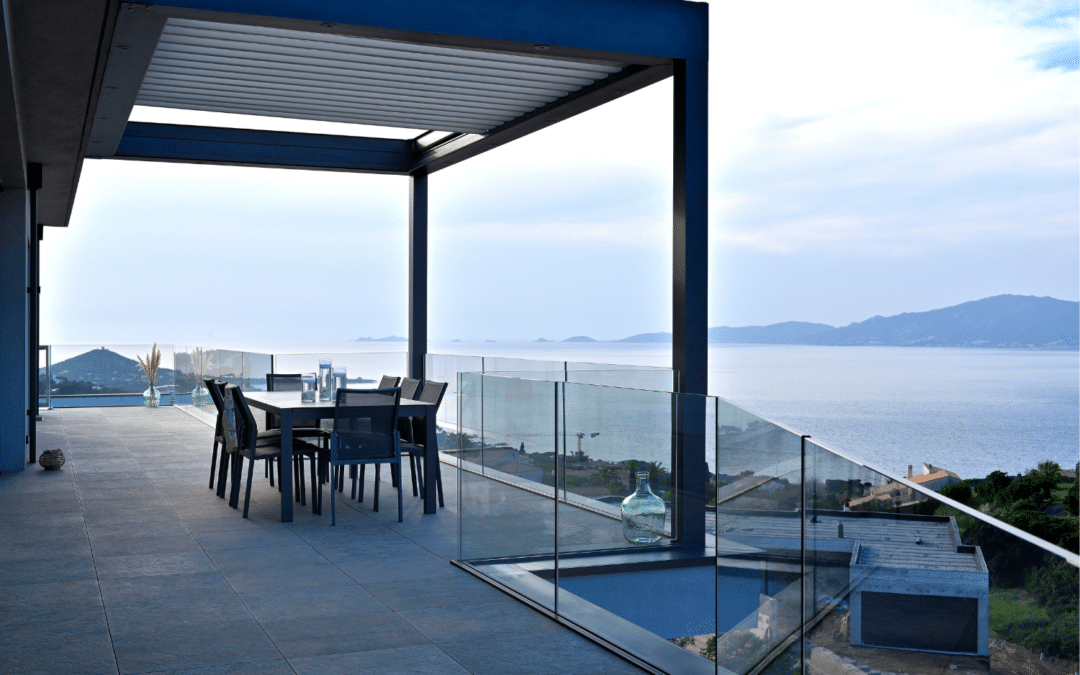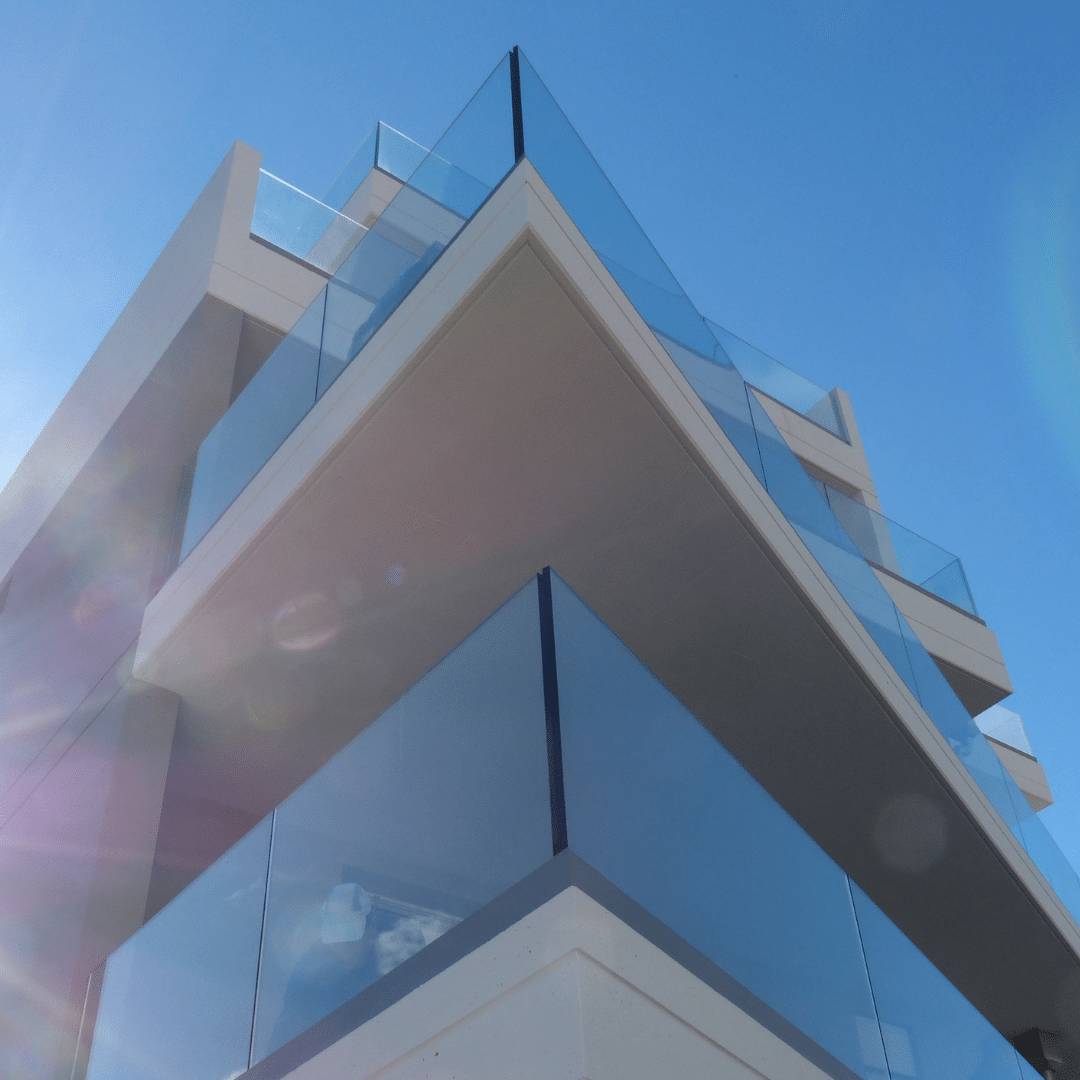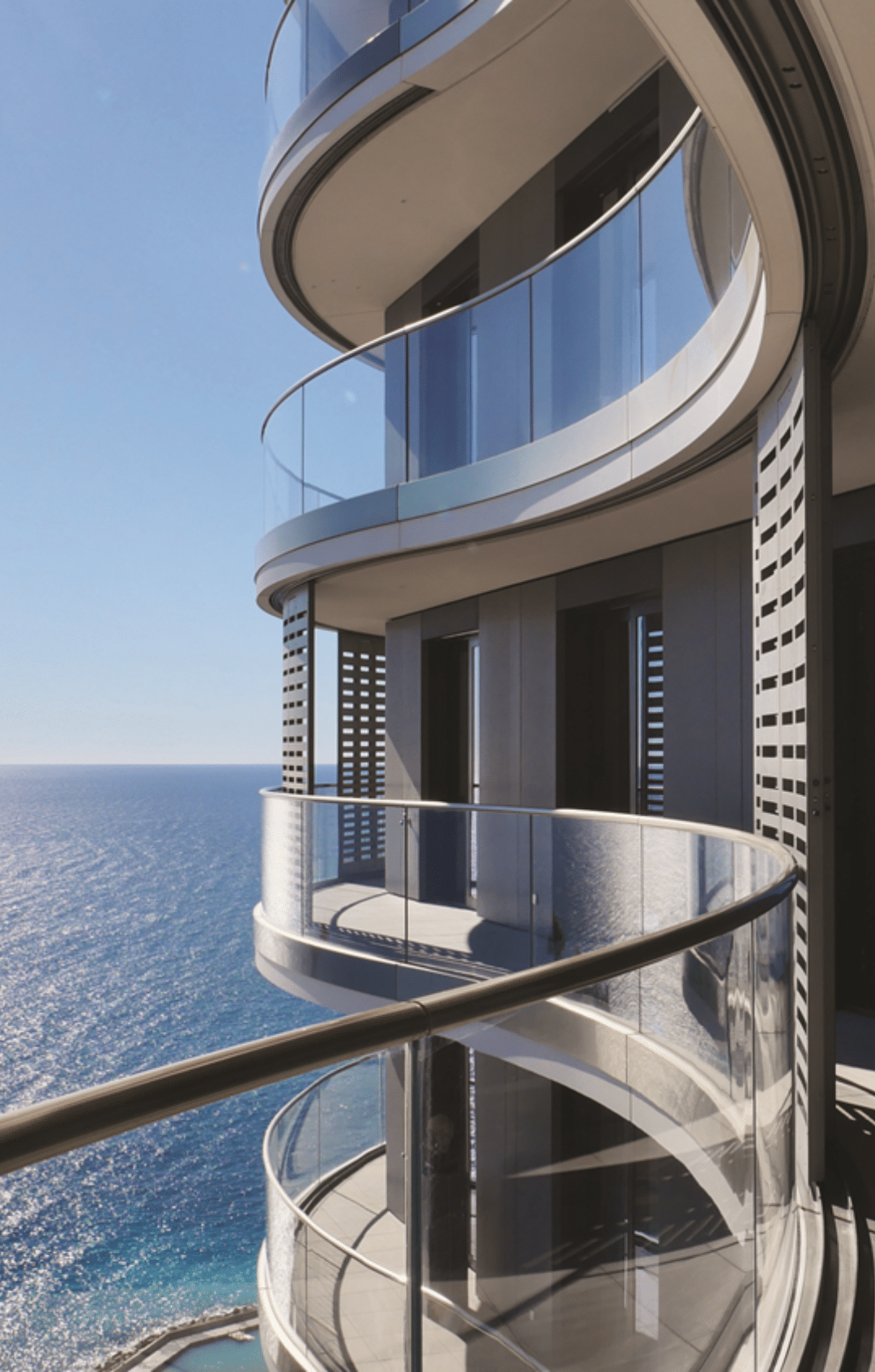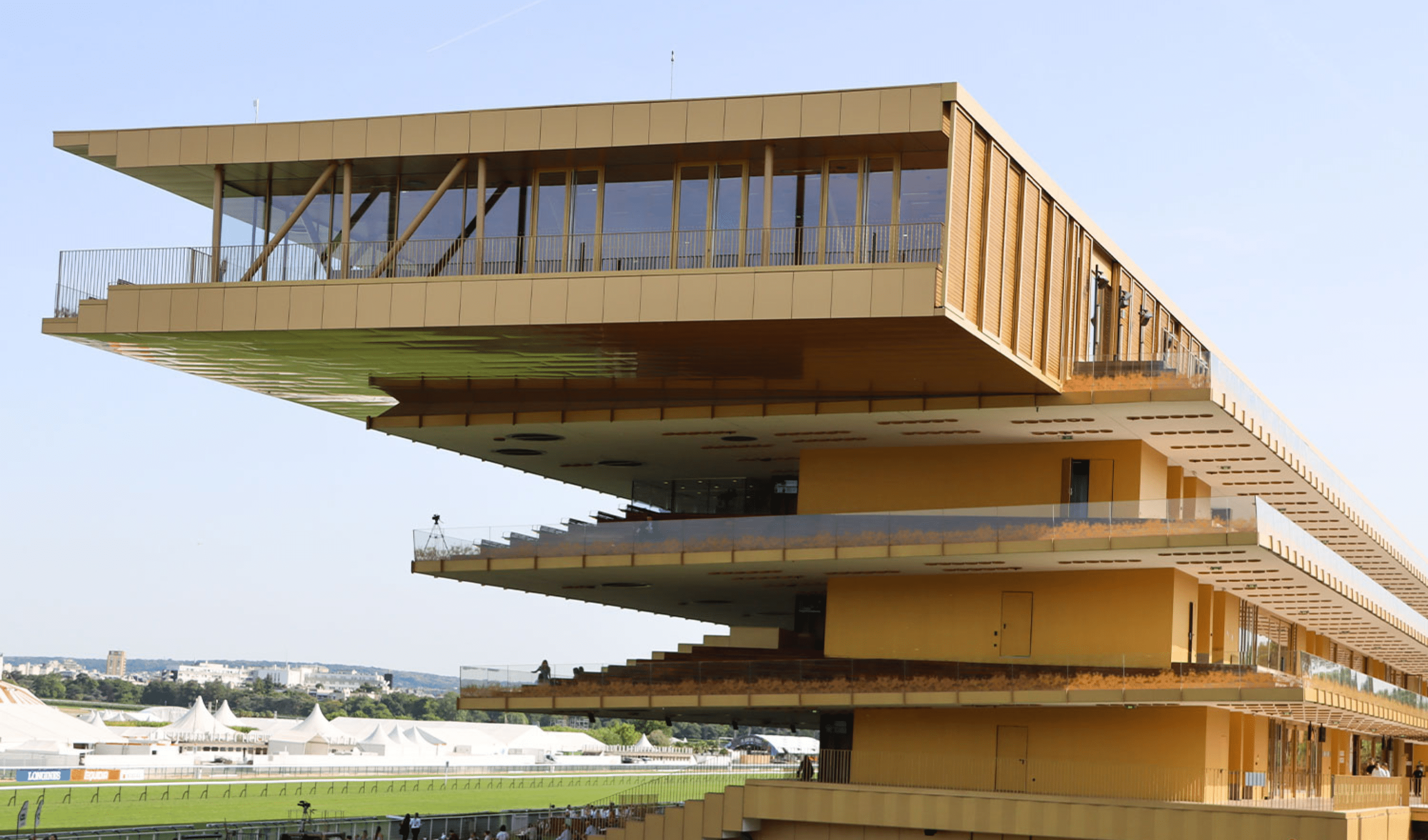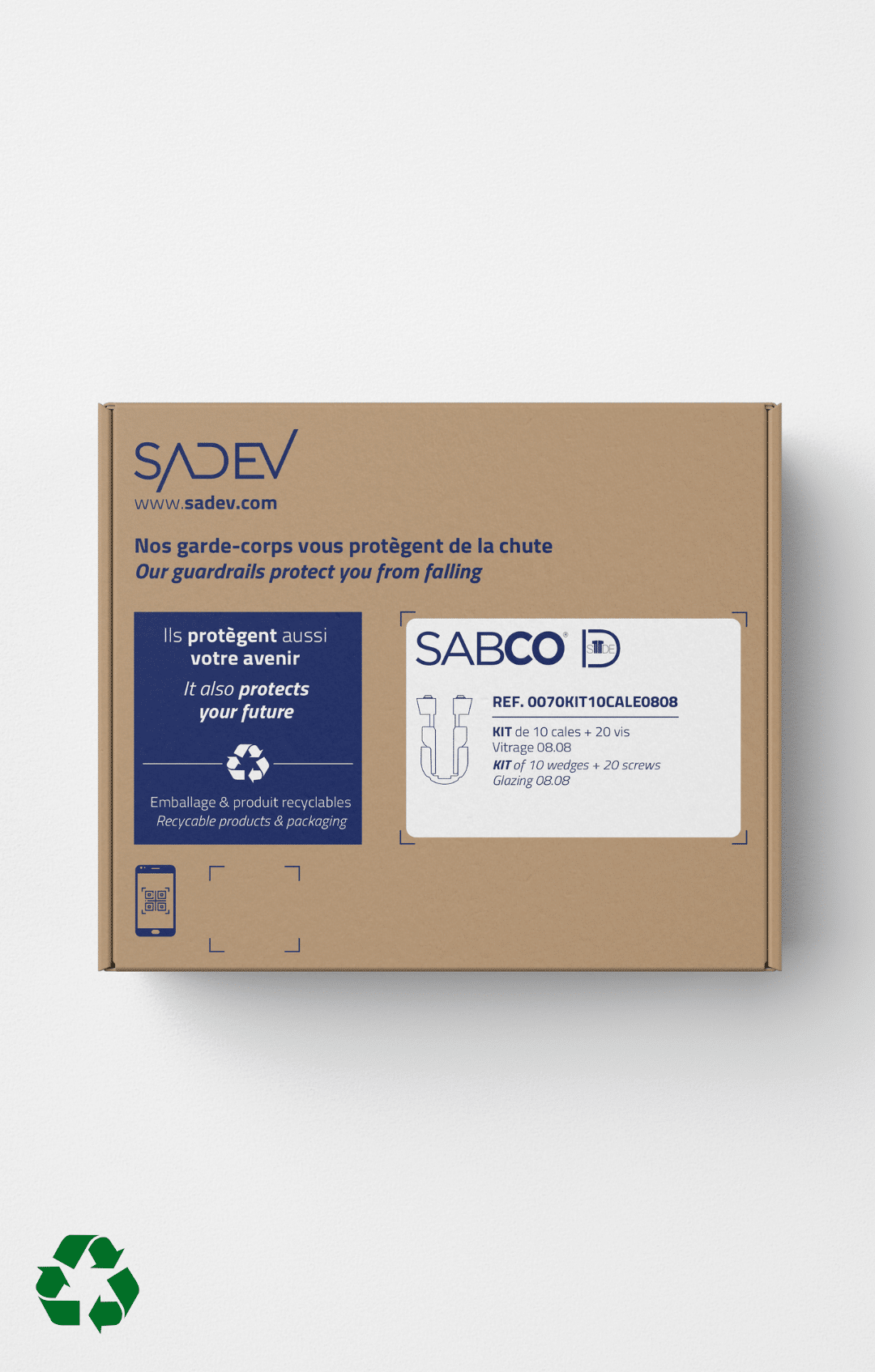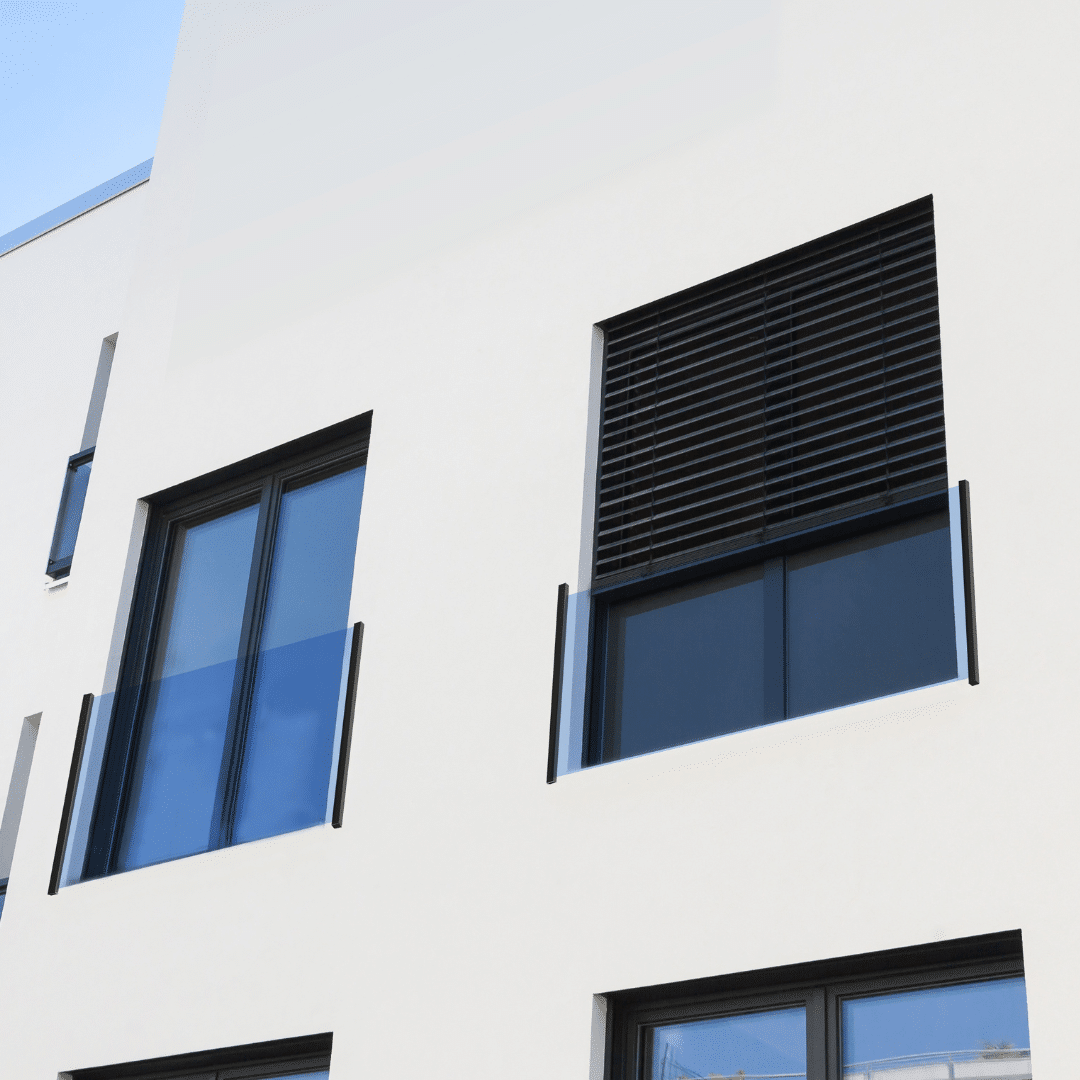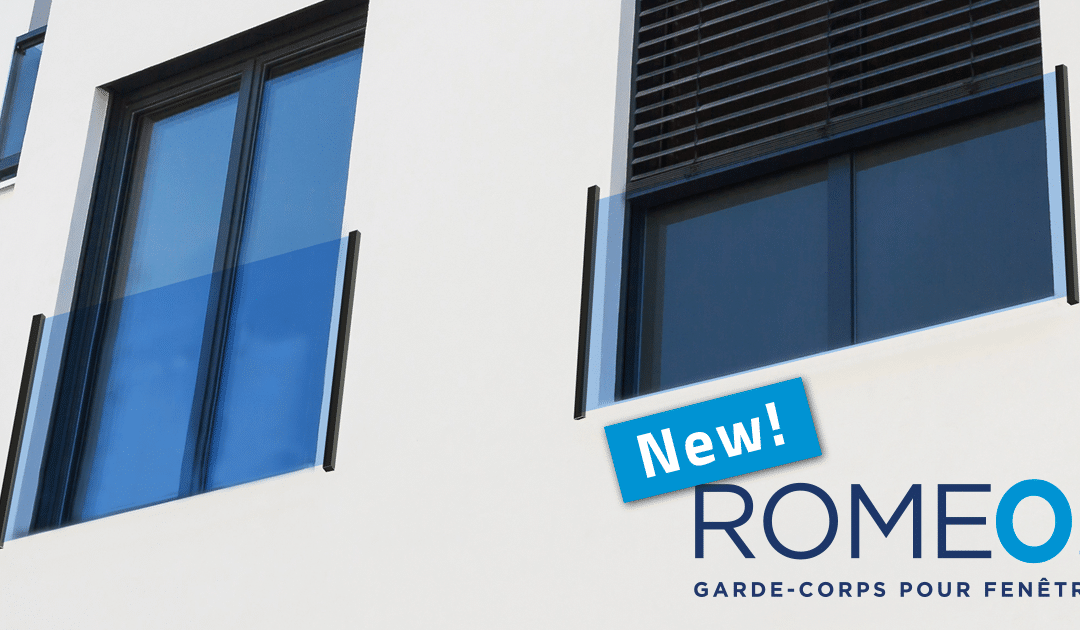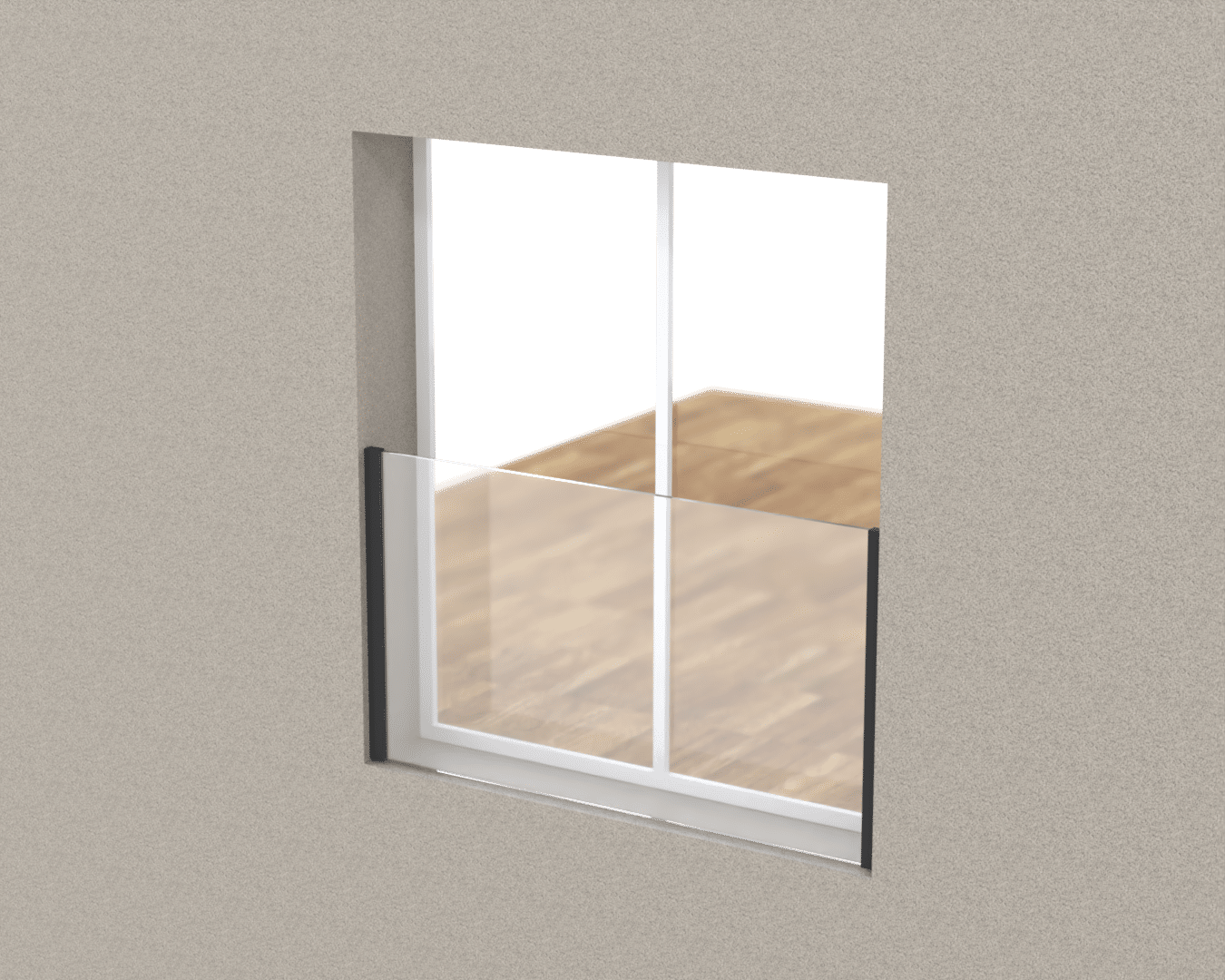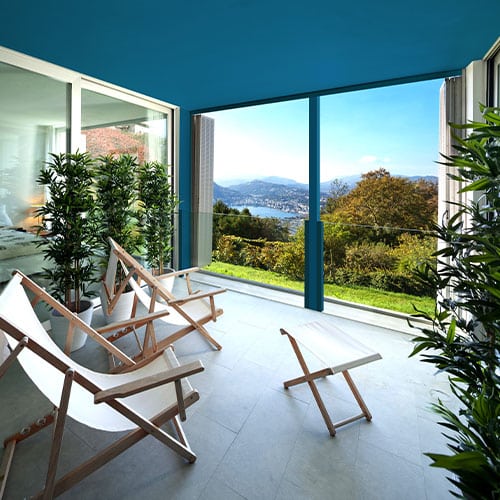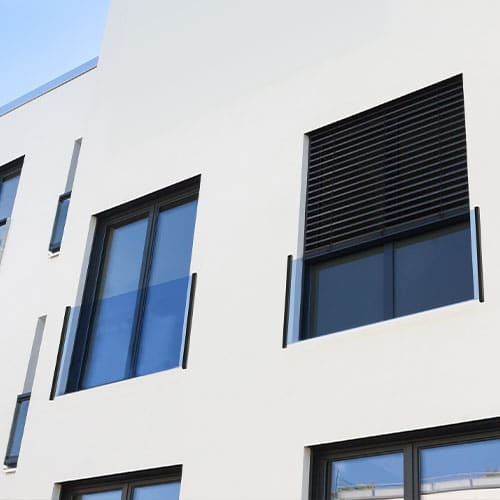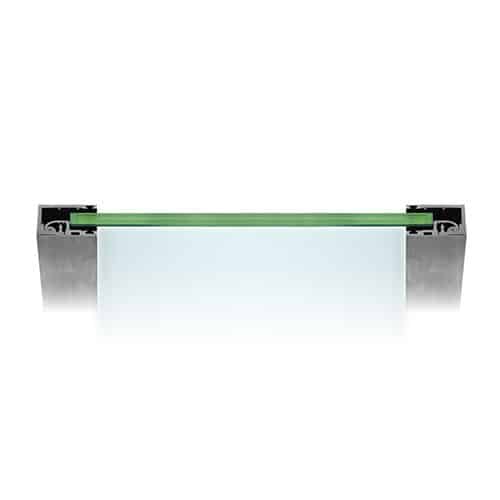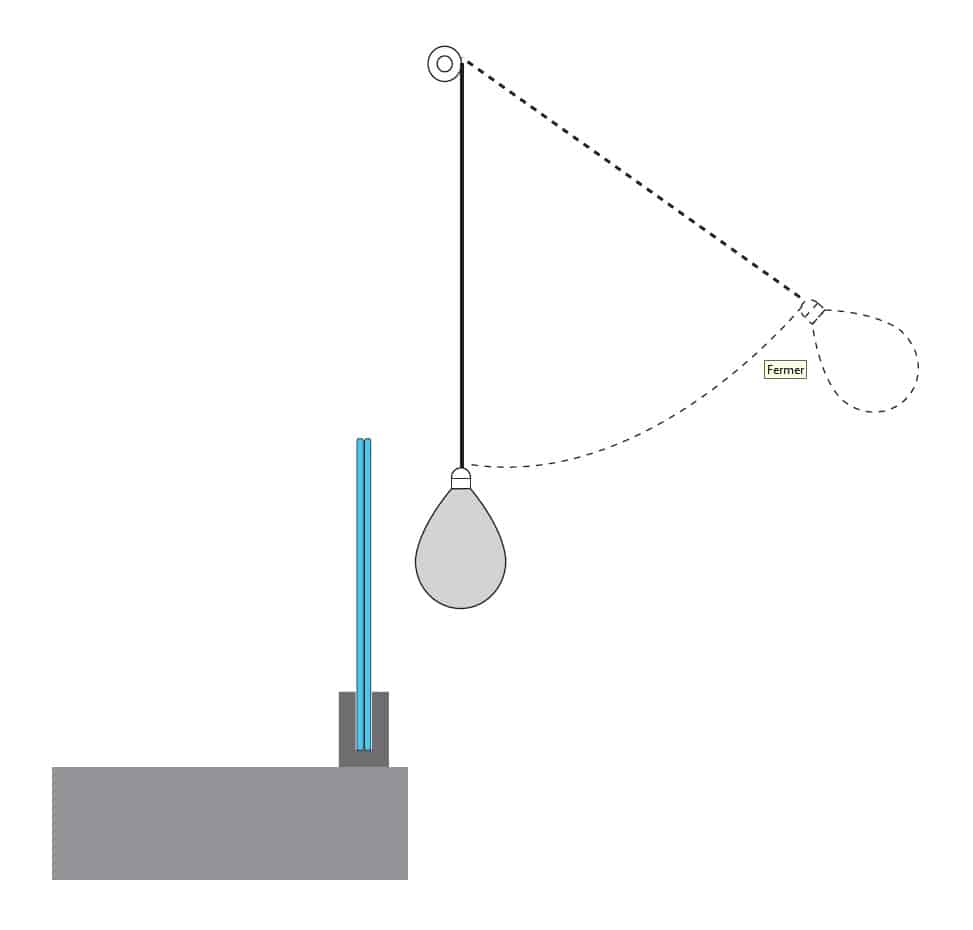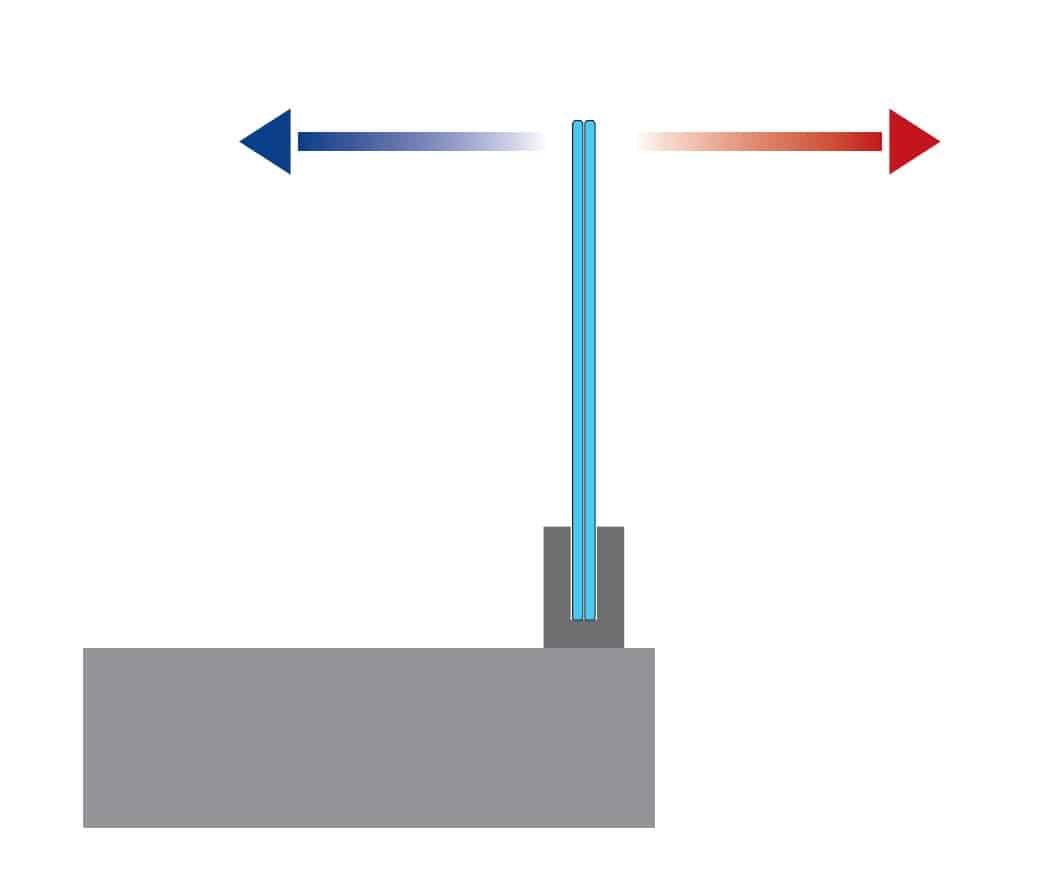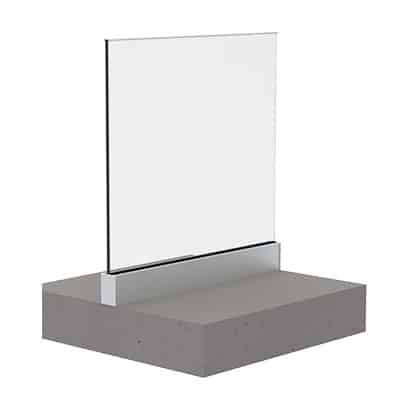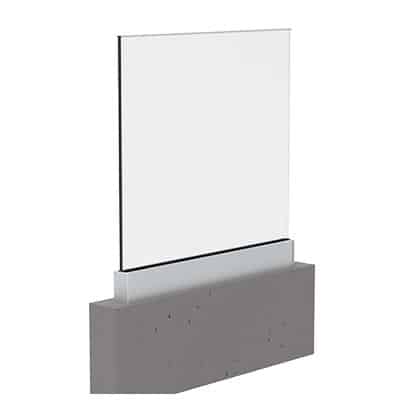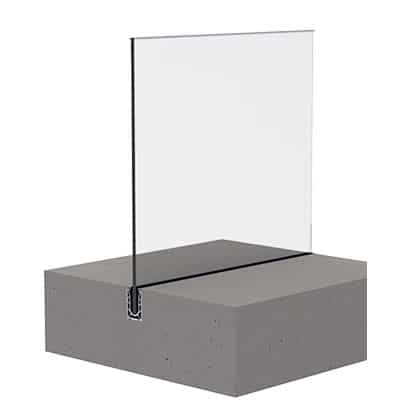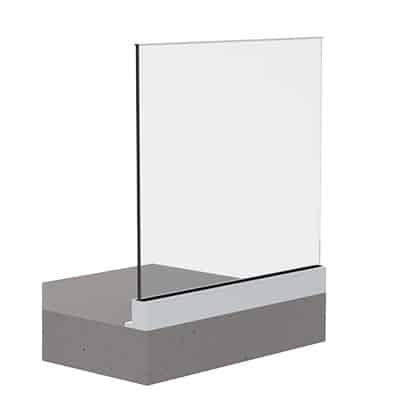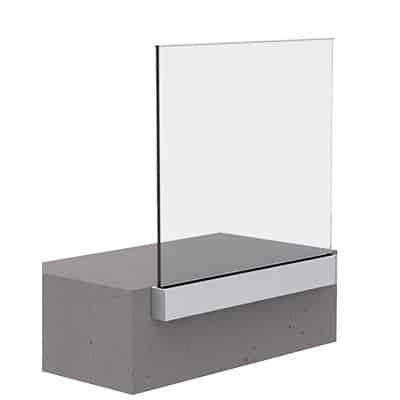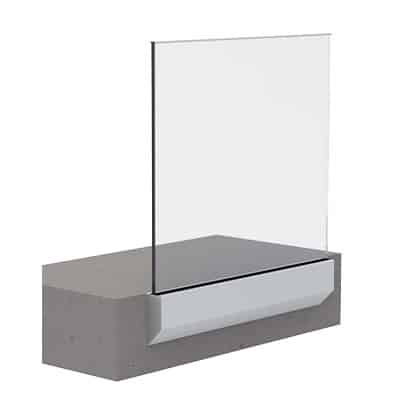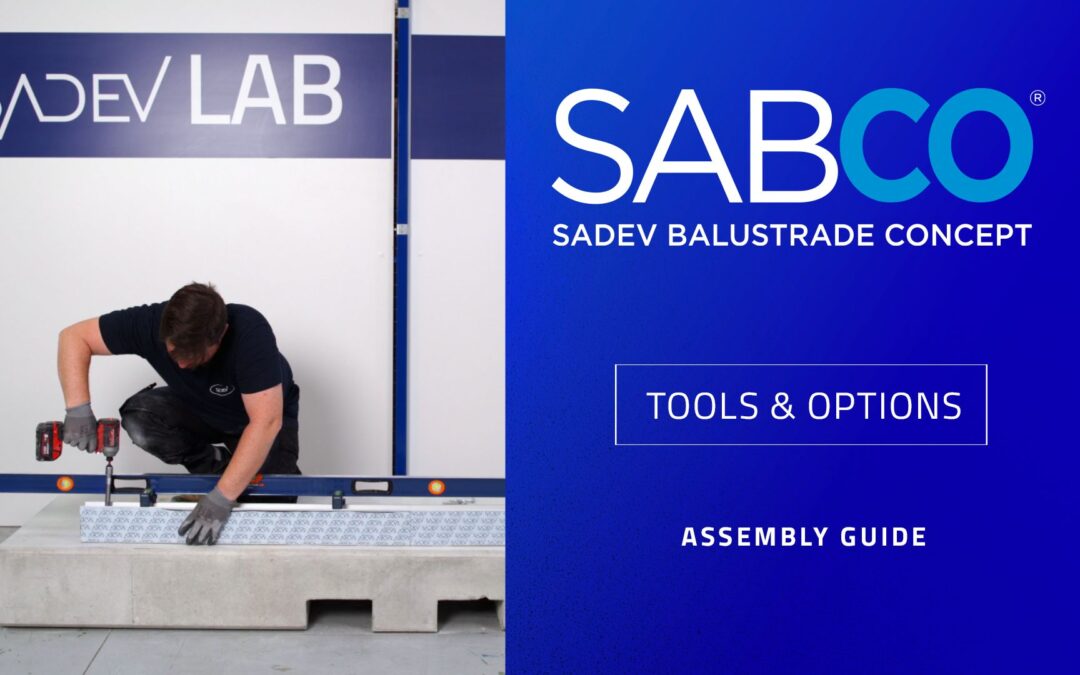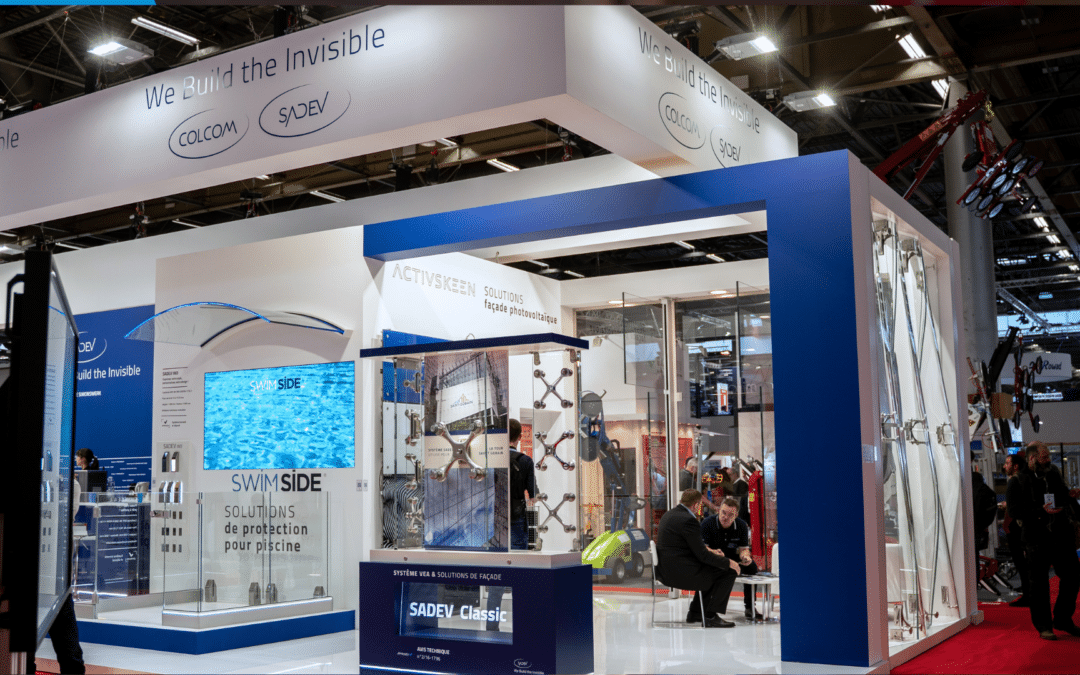
SADEV x BATIMAT
SADEV will be present at this new edition of the Mondial du Bâtiment from September 30 to October 03, 2024.
BATIMAT is the place to be for building professionals!
Every 2 years since 2009, SADEV has been showcasing its glass fastening solutions for facade, railing and pool barrier projects at BATIMAT.
This year, innovation is the watchword! With a view to sustainable development and the decarbonization of buildings, SADEV has worked hard to develop solutions adapted to both new and renovation projects.
What’s new?
This year, SADEV has produced solutions for glass railings, as well as for glass building facades.
- ROMEO : the latest addition to the glass balustrade range, specially designed for balconies and French windows.
- Variance P : hook fastening system for easy, time-saving installation.
- Brise Soleil : several projects with horizontal and vertical solar shadding system have been installed on buildings to optimize light intake.
- Variance C : the Variance C system is open to all the big names involved in low-carbon glass solutions.
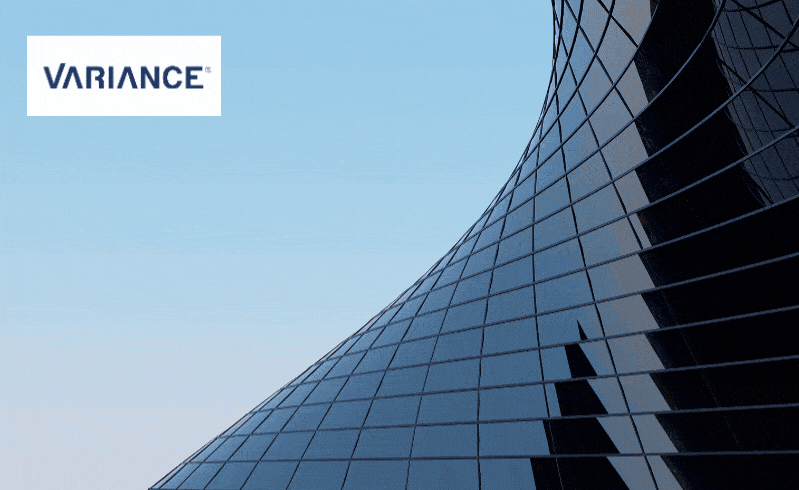
All our cladding, railing and barrier solutions for glass projects will be present at this edition.
The SADEV teams will be delighted to present them to you and answer all your questions.
Where can you find us?
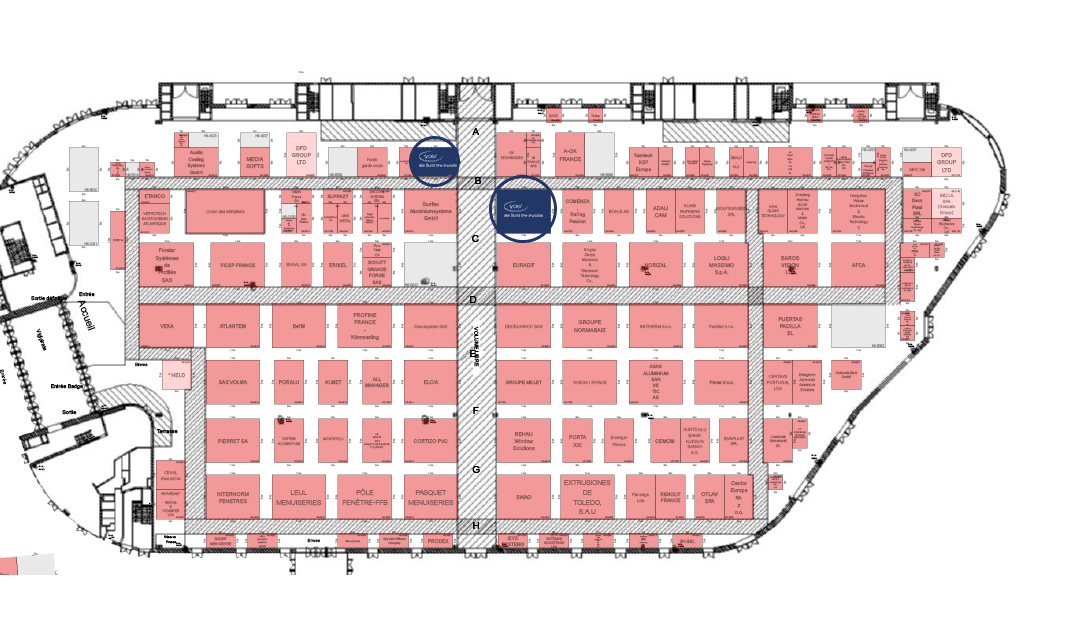
We look forward to seeing you from September 30 to October 03 :
. Hall 06, aisle B, stand C054: a dedicated design office and sales team for your structural glass, glass cladding and railing solutions.
. Hall 06, aisle B, stand B046: as every year, our THUNDERSTAND will be present. Come and take up the challenge of breaking a glass using our testing machine.
BATIMAT: connecting professionals to innovation
BATIMAT is THE event for professionals in the building, architecture and urban planning sectors, as well as in manufacturing and distribution.
It’s a place for exchanging ideas and discovering innovative solutions and new products, as well as taking stock of new regulations in the sector.
Architects, metalworkers, builders, joiners – take advantage of these 4 days to find out more and meet the professionals in your sector.


